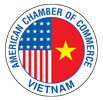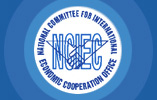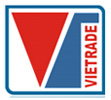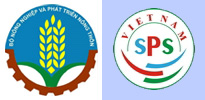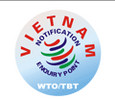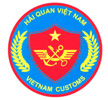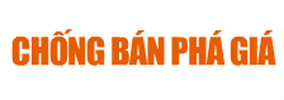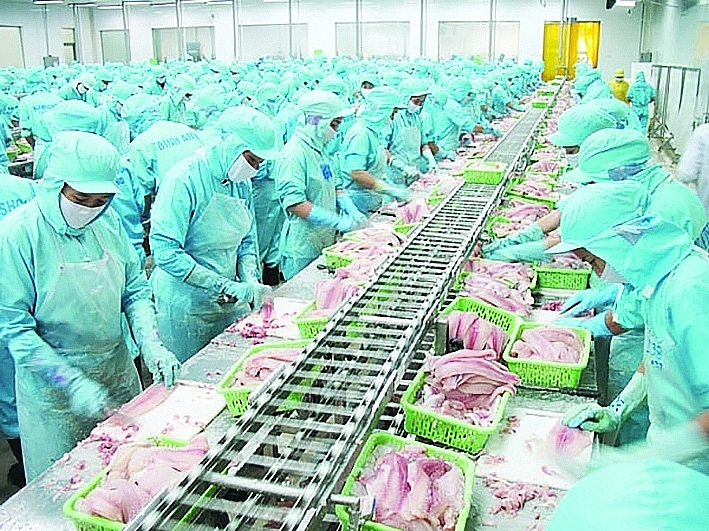
According to data from the Vietnam Association of Seafood Exporters and Producers (VASEP), seafood exports in the first five months of 2022 reached US$4.7 billion, up 44% over the same period last year. All markets achieved between 10%-90% growth and the average selling price increased by 10%-15%. Since March 2022, seafood exports even have continuously gained record sales of over US$1 billion per month.
Celing of US$10 billion
According to VASEP, this impressive result is due to the fact that since the beginning of 2022, almost the whole world has been opening up after the Covid-19 pandemic. The demand for seafood in all segments recovered strongly, while the supply of other countries could not keep up, leading to record inflation in many markets, especially the US, China, and the EU. Additionally, the Russia-Ukraine conflict has made the market short of seafood as many countries banned the import of Russian seafood.
Do Ngoc Tai, General Director of Ngoc Tri Seafood Processing JSC, said that export results of over US$1.8 billion in the first five months, an increase of 41% over the same period in 2021 have shown a bright picture of the shrimp industry.
“But behind is a dark cloud. Shrimp businesses will have to face many challenges in the coming months,” said Tai.
VASEP forecasted that in the third quarter of 2022, there may be a shortage of raw shrimp for export processing because of bad weather and diseases that reduce output.
In Vietnam, after the peak of the pandemic in the third quarter of 2021, farmers and businesses restored production and export processing quickly, to take advantage of market opportunities and meet the rush of orders from other countries. Export volume and value in the first five months of this year increased sharply compared to the same period last year, due to raw material inventory from the end of 2021 and many enterprises signing contracts at the end of 2021 at high prices.
High inflation led to an increase in imports of frozen products and products with suitable prices. Accordingly, consumption of fresh seafood in markets decreased as prices were too high. That partly explains why Vietnam's pangasius had a strong breakthrough in the first four months of the year with a double increase compared to the same period last year. Along with that is the trend of increasing the export proportion of frozen products, accounting for 76% with nearly US$3.6 billion, up 54% over the previous year. Meanwhile, the proportion of processed seafood for export only accounted for 24%, with more than US$1.1 billion, and increased by about 20%.
Based on the above results, Truong Dinh Hoe, General Secretary of VASEP forecast that seafood exports in the first six months of 2022 would reach about US$6 billion, but the whole year might only reach US$10 billion due to unfavorable factors in the second half of the year. In particular, the influencing factors include high inflation spreading in markets causing people to tighten spending, the "zero Covid" policy in China, and high international shipping costs. For exploited seafood, due to the increase in gasoline prices, fishermen do not want to go out to sea because of cost losses, which leads to increasingly difficult supply of raw materials.
Expectations on pangasius and deep-processed products
In the context of many challenges in the last six months, seafood enterprises still see opportunities. The average export price of aquatic products increased in line with the trend of price inflation in the global market. Price inflation also favors affordable product segments such as pangasius, fish cakes, surimi, and small shrimp. The war between Russia and Ukraine and ban on Russian food and seafood in major countries creates opportunities for Vietnamese seafood, especially when pangasius can partially replace Russian pollock in markets such as EU, the US, Korea, Japan, and the UK.
Europeans increasingly prefer white fish products because of health, while the awareness of environment and seafood resources protection is increasing, opportunities for imported farmed fish will be greater.
Truong Thi Tuyet Hoa, Member of the Board of Directors of Vinh Hoan Company said: “A factory in Europe that we recently visited had to close due to a shortage of raw white fish. Therefore, the pangasius industry needs a communication campaign along with a quality assurance strategy throughout the industry to maintain the trust of customers.”
Similarly, Vinh Hoan has received requests from customers in the US to produce some value-added products from pangasius raw material instead of pollock, which is in short supply. However, the current problem is that the US Food Safety and Inspection Service (FSIS) have not yet approved processed pangasius products. Therefore, Hoa suggested that the Government provide a strong promotion solution for the FSIS to accept this item, helping Vietnam not miss out on golden opportunities to bring processed pangasius products to US supermarkets.
In the Chinese market, the "zero Covid" policy is creating barriers with regulations on inspection of imported goods. Hoa suggested the authorities quickly negotiate with the Chinese side to accept the certificate of SARS-CoV-2 virus control on the shipment from Vietnam to save time to inspect goods at the port and reduce risks for enterprises.
For shrimp products, while countries are progressively promoting exports and increasing competitiveness through reducing selling prices through transforming the structure of export products and focusing more on frozen pre-processed products, VASEP said that Vietnam would continuously develop exports in other strong segments such as deep-processed and value-added products.
Solution for raw materials
Currently, domestic raw materials can only meet 60-70% of enterprises’ production needs; the rest is imported, mainly for caught seafood. Enterprises cannot take the initiative in farming areas because they are not allowed to rent land, and localities do not have land fund for aquaculture or change the purpose of use. In the long run, this leads to many risks for enterprises in ensuring the source of aquatic materials for processing and exporting. Therefore, VASEP proposed to the Government approve the planning strategy and mechanism for long-term farming area development with the participation of VASEP and enterprises, to ensure the source of raw materials for processing, and avoid risks for exporters.
For exploited raw materials, because most of the boats in Vietnam are small and rudimentary and lack of offshore fishing equipment, the fishing productivity is still low. Meanwhile, fishing grounds are shrinking - only about 30% of boats can effectively work them while the rest catch in moderation or lying on the shore.
Although the source of exploited raw materials from Vietnam is rich, it is increasingly exhausted due to the lack of appropriate exploitation management and conservation policies. Therefore, VASEP believed that the Government should issue specific regulations on fishing soon. This will be a protective barrier to conserve aquatic resources and ensure enough raw materials for export processing.
Source: VCN
Keywords: seafood, exports, growth, VASEP







